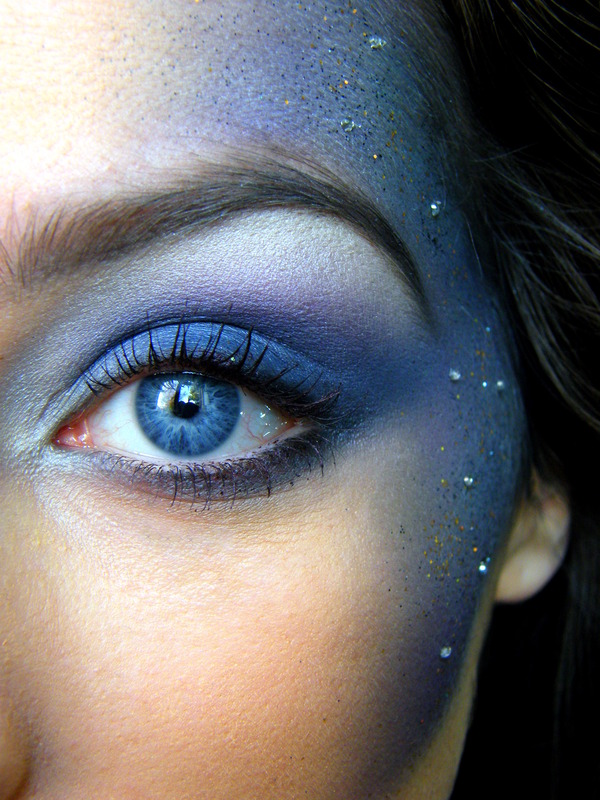

Dullness to percussion occurs over an area of consolidation.Unilateral reduced chest expansion may occur with lobar pneumonia. Poor chest expansion occurs with chronic bronchitis, and asthma.The jugular venous pressure is elevated with congestive cardiac failure.The combination of clubbing and cyanosis is frequent in congenital heart disease and may also occur in pulmonary disease (lung abscess, bronchiectasis, cystic fibrosis) and pulmonary arteriovenous shunts.
BLUE TINGE AROUND MOUTH SKIN
Peripheral cyanosis affects the extremities and the skin around the lips but not the mucous membranes. Central cyanosis produces a blue discolouration of the mucous membranes of the lips and tongue as well as the extremities. Temperature: pneumonia and pulmonary emboli may be associated with pyrexia. Other causes include infection, seizures and metabolic abnormalities - eg, hypoglycaemia, hypomagnesaemia. Obstruction of the upper respiratory tract - for example, in Pierre Robin sequence or choanal atresia. Birth asphyxia, birth injury or haemorrhage. Persistent fetal circulation (blood continues to be shunted through the foramen ovale and a patent ductus arteriosus). Truncus arteriosus (a single great artery leaves the heart and divides into the pulmonary artery and the aorta). Total anomalous pulmonary venous return (all four pulmonary veins drain into systemic veins or the right atrium, associated with a right-to-left shunt through an atrial septal defect. Stenosis or atresia of the pulmonary valve or tricuspid valve. Cardiac and circulatory causes include:. Increased sensitivity of the peripheral circulation to cold temperature may persist well into infancy. Peripheral cyanosis clears within a few days. Transient cyanosis after delivery: central cyanosis should clear within a few minutes of the birth. The hands and feet are usually normal temperature or warm but not cold unless there is an associated poor peripheral circulation.ĭifferential diagnosis Central cyanosis in neonates Associated features of central cyanosis depend on the underlying cause and include dyspnoea and tachypnoea, secondary polycythaemia and bluish or purple discolouration of the oral mucous membranes, fingers and toes. Patients who are centrally cyanosed will usually also be peripherally cyanosed. 
Cyanosis is seen in the tongue and lips and is due to desaturation of central arterial blood resulting from cardiac and respiratory disorders associated with shunting of deoxygenated venous blood into the systemic circulation.
 Central cyanosis is caused by diseases of the heart or lungs, or abnormal haemoglobin (methaemoglobinaemia or sulfhaemoglobinaemia).
Central cyanosis is caused by diseases of the heart or lungs, or abnormal haemoglobin (methaemoglobinaemia or sulfhaemoglobinaemia). 
Cyanosis can be divided into either central or peripheral. Patients with anaemia do not develop cyanosis until the oxygen saturation (SaO 2) has fallen to lower levels than for patients with normal haemoglobin levels and patients with polycythaemia develop cyanosis at higher oxygen saturation levels. Cyanosis is the abnormal blue discoloration of the skin and mucous membranes, caused by an increase in the deoxygenated haemoglobin level to above 5 g/dL.








 0 kommentar(er)
0 kommentar(er)
